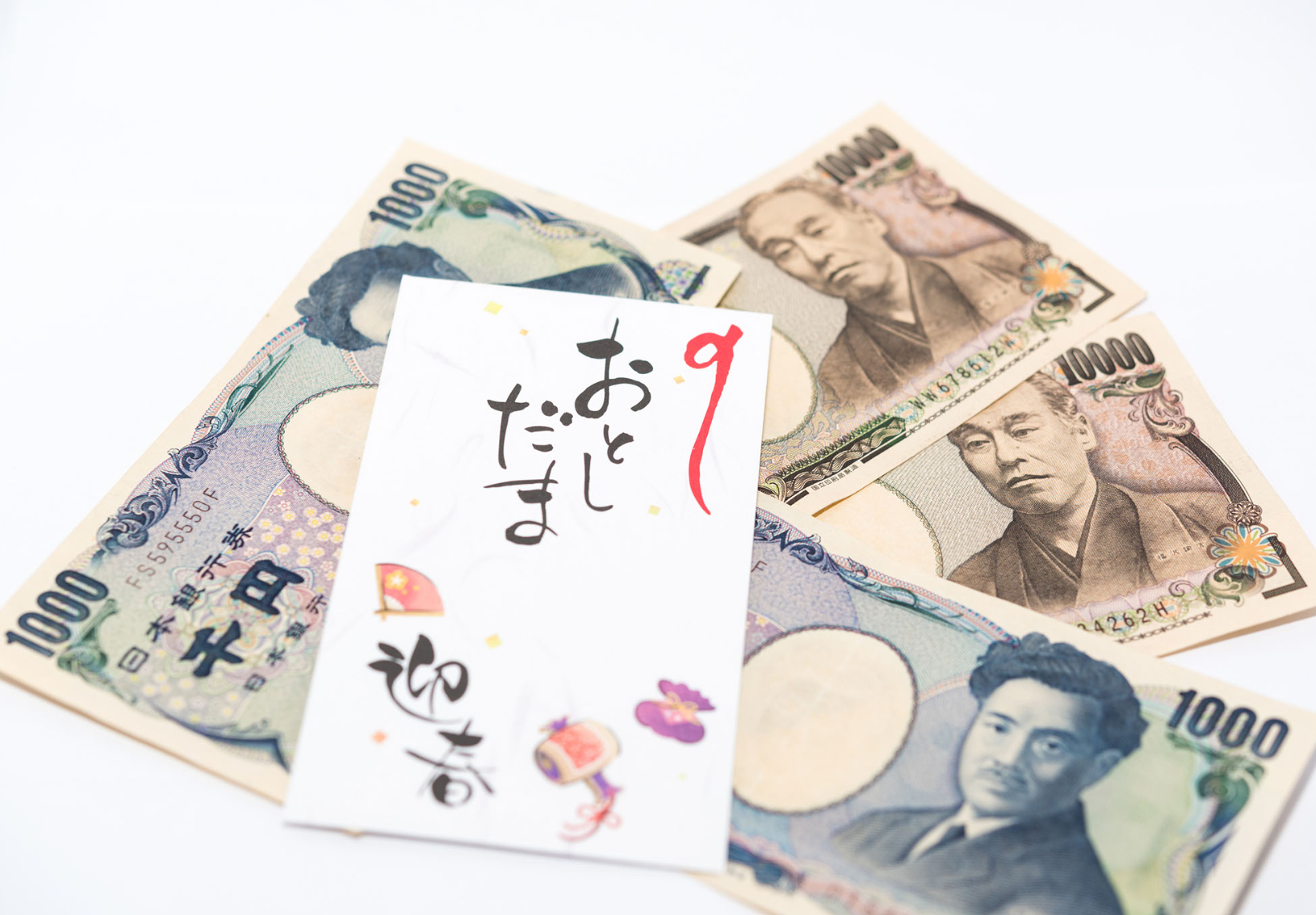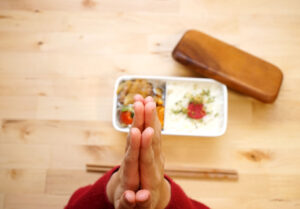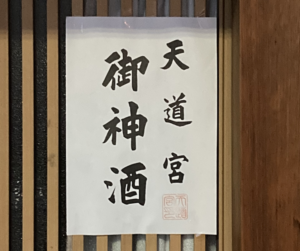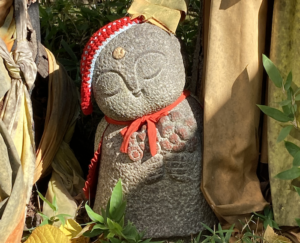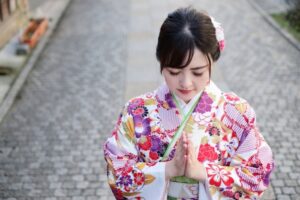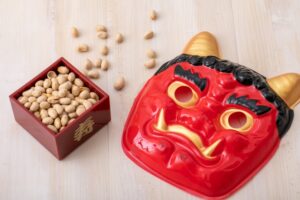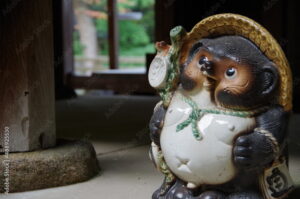New Year’s Day is the most important annual event in Japan.
It is the day to welcome the gods (ancestral deities) into the house, so it is necessary to complete cleaning before the end of the year.
New Year’s decorations are also necessary to welcome the gods into the house.
The kadomatsu is a typical example of this.
For more information about kadomatsu, please refer to this article.(↓)
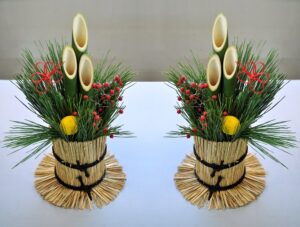
Then, when the New Year arrives, we worship the deity and pray for the year.
After that, relatives and friends gather at the head of the family’s mansion, and after greetings, a banquet is held.
In addition to preparing food for the guests, the head of the family must also prepare New Year’s gifts (OTOSHIDAMA).
This is an easy-to-understand explanation of Japanese New Year’s greetings and New Year’s gifts (OTOSHIDAMA).
What is the Japanese New Year’s greeting?
In Japan, when a new year comes, we say “Akemashite omedetoh”.
It means “Happy New Year!
The polite way is “Akemashite omedeto gozaimasu”.
For superiors and important people, “Akemashite omedeto gozaimasu” is more appropriate.
The word “gozaimasu” is a convenient one. Most greetings are more polite if you add “gozaimasu” to the end of the word.
Examples:
- Morning greetings: “Ohayo” and “Ohayo gozaimasu”
- Thank-you greetings: “Arigato” and “Arigato gozaimasu”
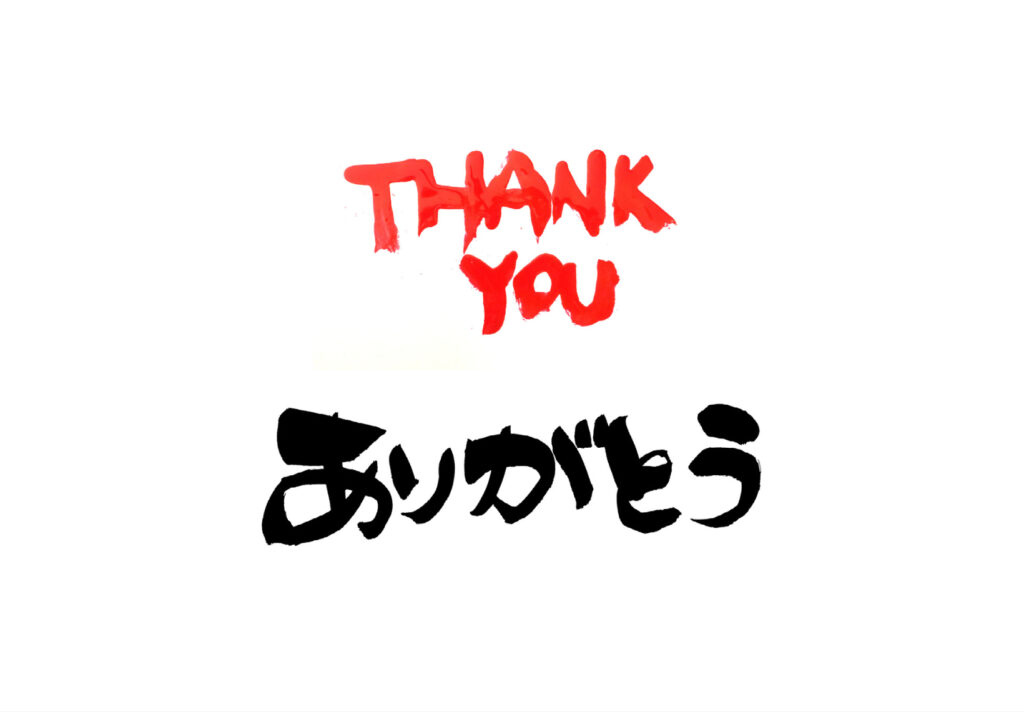
What is OTOSHIDAMA (New Year’s gift) in Japan?
The OTOSHIDAMA is an old Japanese New Year’s custom.
This is a New Year’s gift given by the parents’ generation to their children.
It is said that the origin of “otoshidama” is that rice cakes and other offerings made to the gods on New Year’s Day were rolled into a ball-like shape and distributed by the head of the family to his vassals and retainers. (There are various theories).
Today, OTOSHIDAMA is in cash.
Who receives OTOSHIDAMA during the Japanese New Year?
Children.
OTOSHIDAMA are given to children of family members, relatives, friends and acquaintances.
There is no minimum or maximum age limit, but the age range is from elementary school students to high school or university students who have learned how to spend money.
Who is in a position to give OTHOSHIDAMA?
Adults.
OTOSHIDAMA is given by adults to family members (their own children), relatives, and children of friends and acquaintances during the New Year’s holiday.
Adults should never give OTOSHIDAMA to adults.
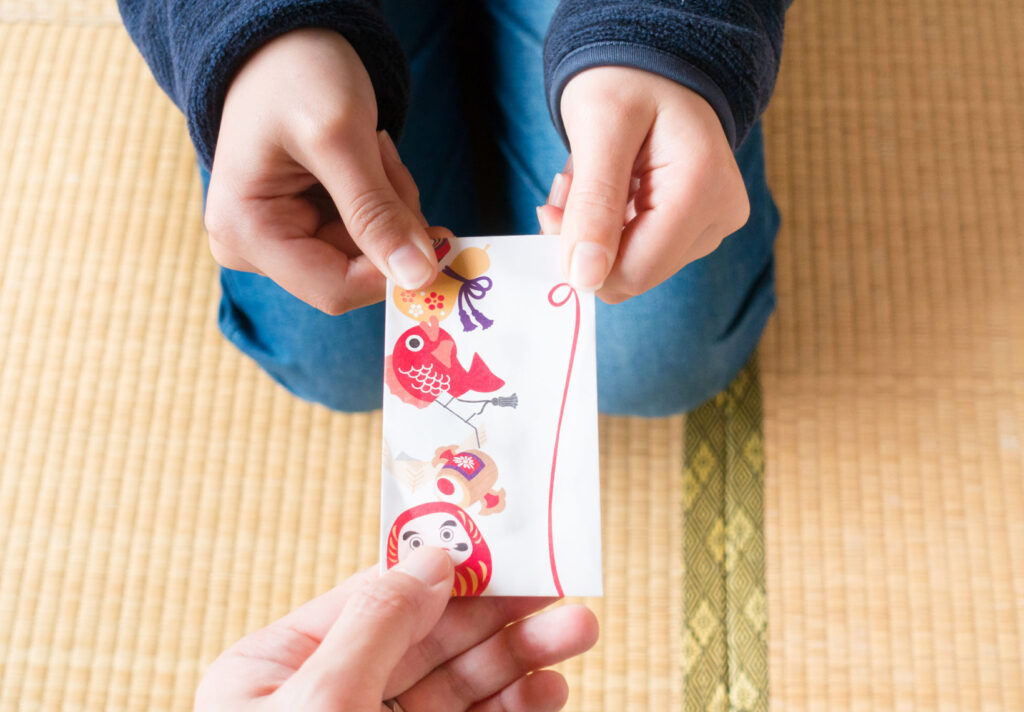
How much is an appropriate amount of OTOSHIDAMA?
For small children, the amount is about 1,000 yen to 2,000 yen, and the amount should be increased each time the child moves up through the grades of elementary school, junior high school, and high school.
It is considered appropriate to limit the amount to about 10,000 yen at most.
However, if you are giving a New Year’s gift to the child of someone who is in a higher position than you, such as your boss at work, it is considered impolite to give cash. It is considered appropriate to use gift certificates such as library cards in place of cash.
If my child receives a New Year’s gift (OTOSHIDAMA), do I need to return the gift?
A New Year’s gift is a gift given directly to the child.
Children need to properly thank you when they receive a New Year’s gift, but parents are not obligated to return the gift.
In such cases, the correct polite expression is “Arigato gozaimasu” instead of “Arigato”.
Japanese customs, etiquette, and polite Japanese expressions are complex and difficult.
👉Feel free to contact us if you have any questions.

